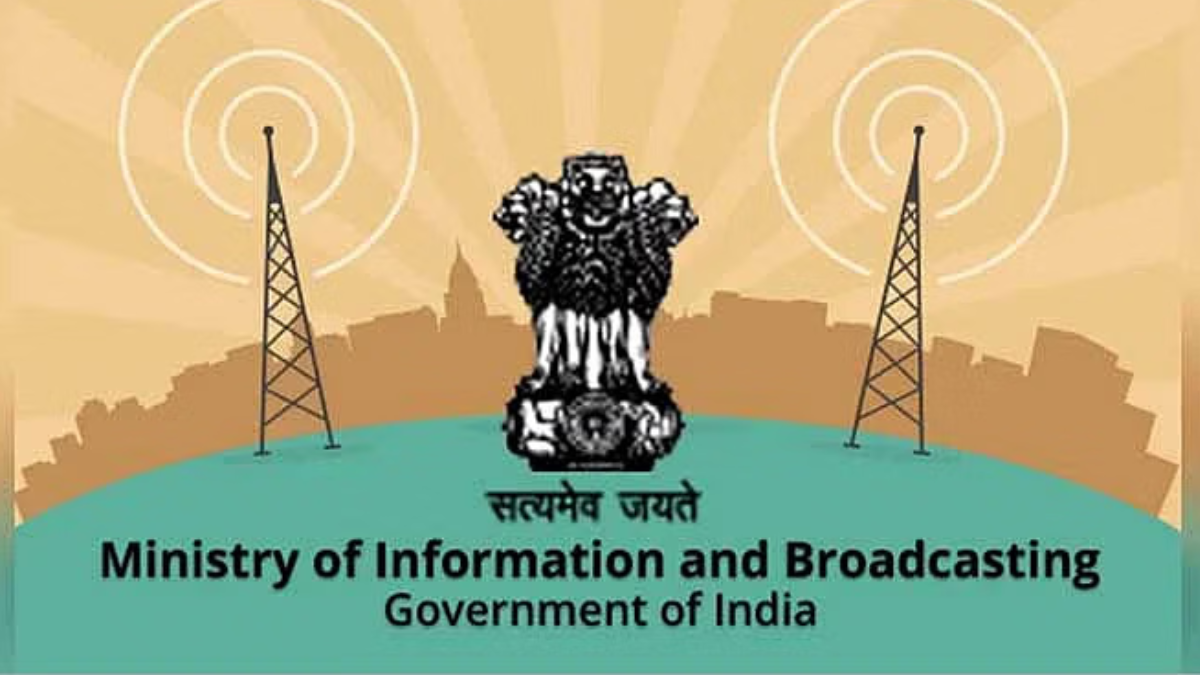ISLAMABAD, August 20 – What should have been a season of life-giving rain has once again turned into a season of sorrow for Pakistan.
In yet another heartbreaking chapter of this year’s monsoon tragedy, more than 20 people lost their lives in the past week as relentless rainfall battered various parts of the country, pushing the seasonal death toll close to 750.
The National Disaster Management Authority (NDMA) confirmed that ten lives were lost in Karachi, where flash floods overwhelmed the city’s drainage systems, leading to the collapse of homes and multiple cases of fatal electrocution. Karachi, Pakistan’s bustling financial heart, is now grappling with waterlogged streets, disrupted lives, and mounting despair.
Further north in the picturesque but fragile Gilgit-Baltistan region, eleven more people perished as landslides and flash floods swept through remote communities, cutting off entire villages and burying homes under mud and debris.
But the worst-hit remains Khyber Pakhtunkhwa, the rugged province bordering Afghanistan, where over 400 people have been killed since last Thursday. The region, already vulnerable due to its terrain, saw torrents of water carving destructive paths through towns and villages alike.
Monsoon season, which spans from June to September, has always posed risks—but this year’s devastation serves as a painful reminder of how climate change is magnifying natural disasters. Experts have long warned that Pakistan ranks among the most climate-vulnerable countries globally. In 2022, a similar monsoon disaster submerged a third of the country, killing around 1,700 people.
The numbers are more than statistics—they are families broken, children orphaned, and entire communities left in ruins.
As the rain continues to fall, so does the collective heart of a nation in mourning. And with climate unpredictability rising, one question echoes louder than ever: How many more must suffer before action is taken?




